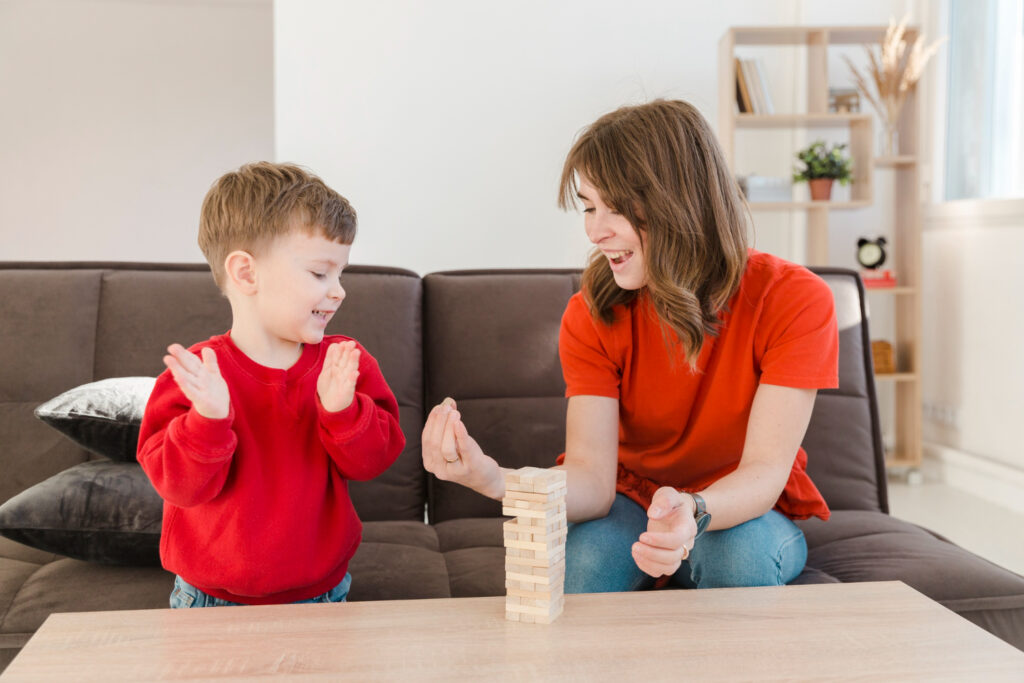How to Communicate with a Nonverbal Child with Autism
Communication is one of the most significant challenges for children on the autism spectrum, particularly for those who are nonverbal. However, just because a child doesn’t use spoken language doesn’t mean they cannot communicate. There are numerous strategies and tools that can help bridge the communication gap, enabling you to understand and interact more effectively with your child. At HOPE Centre for Autism, we are dedicated to supporting parents and caregivers in finding the best communication methods for their nonverbal children.
Understanding Nonverbal Communication
Nonverbal communication involves using gestures, facial expressions, body language, and other non-linguistic means to convey messages. Many nonverbal children with autism communicate their needs, feelings, and thoughts through these methods. It’s important to pay close attention to your child’s nonverbal cues, as they can provide valuable insights into their emotions and desires.
- Common Nonverbal Signals: Watch for gestures, such as pointing, nodding, or shaking the head, as well as changes in facial expressions or body posture. These signals can indicate your child’s needs or responses.
Developing a Communication Strategy
Every child with autism is unique, and what works for one child may not work for another. Developing a communication strategy tailored to your child’s strengths and preferences is crucial. Here are some methods that can be effective:
1. Picture Exchange Communication System (PECS)
PECS is a widely used tool that involves using pictures to help children communicate their needs and wants. The child is taught to exchange a picture of an item or activity they desire for the actual item or activity.
- How It Works: Start by introducing simple, easily recognizable pictures that represent your child’s favorite items or activities. Over time, you can expand the range of pictures to include more complex concepts and ideas.
2. Sign Language
Sign language can be a powerful tool for nonverbal children with autism. Many children find it easier to use their hands to communicate than to speak.
- Why It’s Beneficial: Sign language can reduce frustration and improve communication by providing a clear, visual way for your child to express themselves.
3. Augmentative and Alternative Communication (AAC) Devices
AAC devices range from simple picture boards to advanced electronic devices that generate speech. These tools can be highly effective in helping nonverbal children communicate more effectively.
- Types of AAC Devices: Some devices are as simple as a tablet with communication apps, while others are more sophisticated and can generate spoken language based on the child’s input.
Encouraging Interaction and Engagement
Encouraging your nonverbal child to interact and engage with you and others is crucial for their development. Here are some strategies to foster communication:
1. Create Opportunities for Communication
Set up situations where your child needs to communicate to get what they want. For example, you might place a favorite toy just out of reach, prompting them to use a gesture, picture, or sign to ask for it.
- Why It’s Effective: This approach encourages your child to initiate communication, reinforcing the idea that communicating leads to positive outcomes.
2. Use Simple, Clear Language
When speaking to your nonverbal child, use simple, clear language accompanied by gestures or pictures. This makes it easier for them to understand what you’re saying and how to respond.
- Example: Instead of saying, “Do you want to play with the ball or the car?” you might say, “Ball or car?” while holding up pictures or the actual objects.
3. Be Patient and Give Them Time
Nonverbal children with autism may need extra time to process information and respond. It’s important to be patient and give your child the time they need to communicate in their way.
- Encouragement: Avoid finishing sentences for your child or rushing them to respond. Instead, wait patiently and celebrate their efforts, no matter how small.
Building a Supportive Environment
Creating a supportive environment where your child feels safe and encouraged to communicate is essential. This involves ensuring that everyone in the child’s life is on the same page regarding communication strategies.
- Consistent Approach: Make sure that teachers, caregivers, and family members are using the same communication methods consistently. This consistency helps reinforce your child’s learning and reduces confusion.
- Celebrate Progress: Recognize and celebrate any progress your child makes in communication. Positive reinforcement can motivate them to continue developing their skills.
Seeking Professional Support
If you’re struggling to find the right communication strategies for your nonverbal child, seeking professional support can be incredibly helpful. Speech therapists, occupational therapists, and behavioral therapists specializing in autism can provide personalized guidance and tools.
At HOPE Centre for Autism, we offer a range of services to support nonverbal children and their families. Our team of experienced professionals can help you develop and implement effective communication strategies that cater to your child’s unique needs.
Conclusion
Communicating with a nonverbal child with autism may require creativity, patience, and persistence, but it is entirely possible. By using tools like PECS, sign language, and AAC devices, and by fostering a supportive environment, you can build a strong communication foundation with your child. At HOPE Centre for Autism, we are committed to helping you and your child navigate this journey. Together, we can find the best ways to connect, communicate, and celebrate your child’s progress. For more information or to learn about our programs, contact us today.
